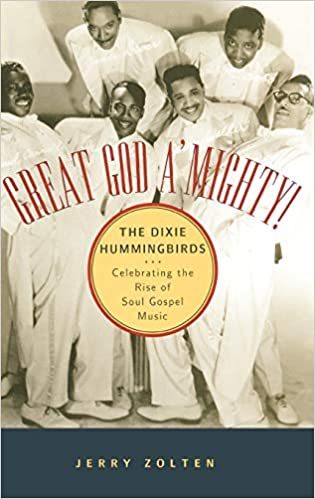The Dixie Hummingbirds, along with the Swan Silvertones and the Soul Stirrers, were the foremost popularizers of the a cappella style of gospel music that brought the spiritual music of traditional African-American communities to a wide-and primarily white-audience in the 1950s. In this excellent history, Zolten, an assistant professor of American Studies at Penn. State, Altoona, carefully and lovingly details the almost 75-year history of the Hummingbirds, from their start in the Depression to their induction into the Gospel Music Hall of Fame in 2000. He deftly explores how the group’s history itself embodies numerous American ironies: that an “unintended result” of segregation “was the flowering of a distinctly African American homegrown culture” that included gospel music; that the Depression and the mass migration of African Americans from the South “created a nationwide market for black entertainers of all kinds” that allowed the Hummingbirds their initial financial success. Zolten interestingly points out that the group, known for its hard-driving vocal sound, won its only Grammy award for their own version of “Loves Me Like a Rock” by Paul Simon, whose original version had featured the Hummingbirds and brought them to a new rock-oriented audience. Adding to the book’s success are Zolten’s numerous interviews with founding members James Davis and Ira Tucker, as well as their many collaborators, which add personal depth to the book’s amazing wealth of detail and dates. This is a fine exploration of an important style and era in the history of American popular music and culture.
© Copyright That Eric Alper







